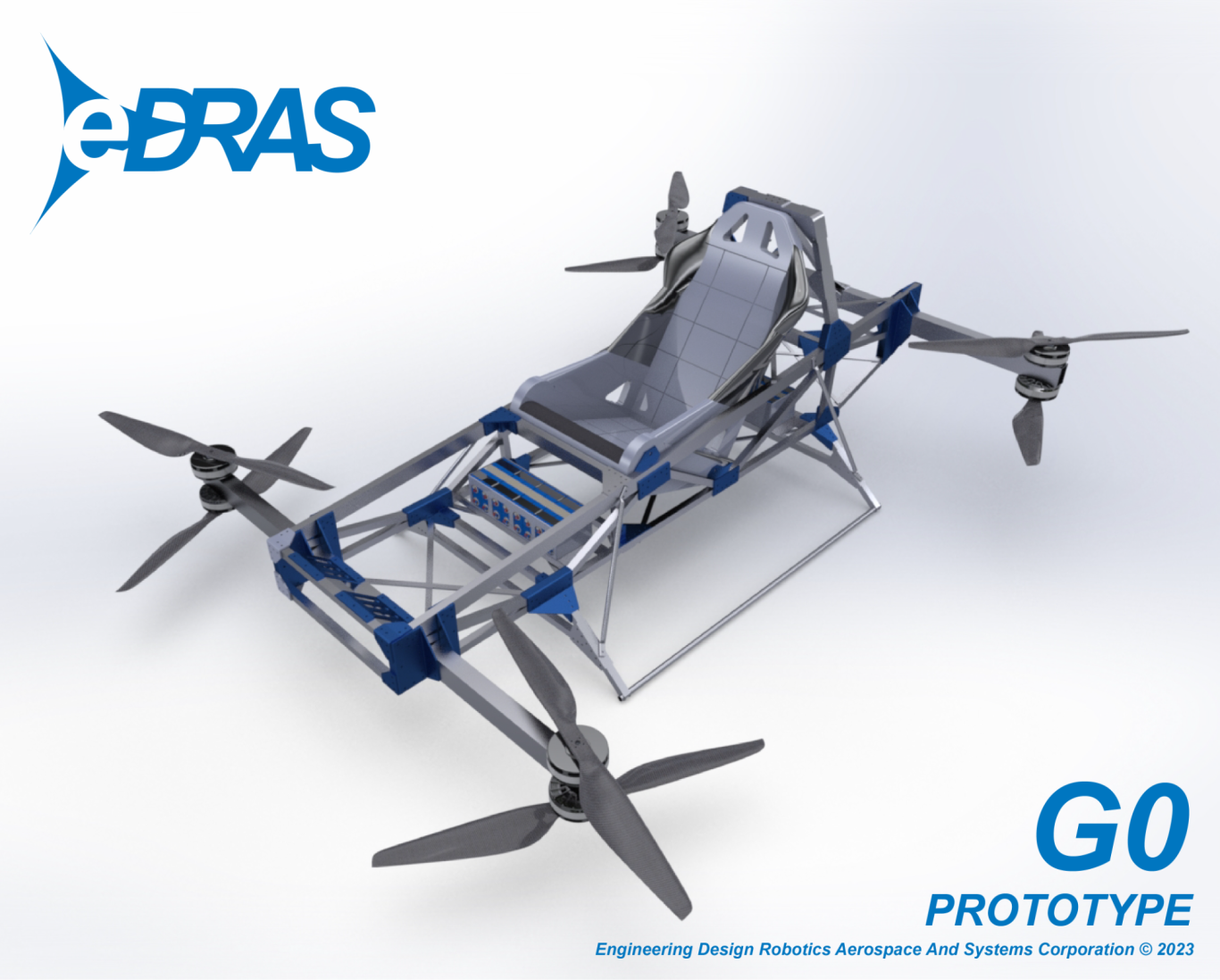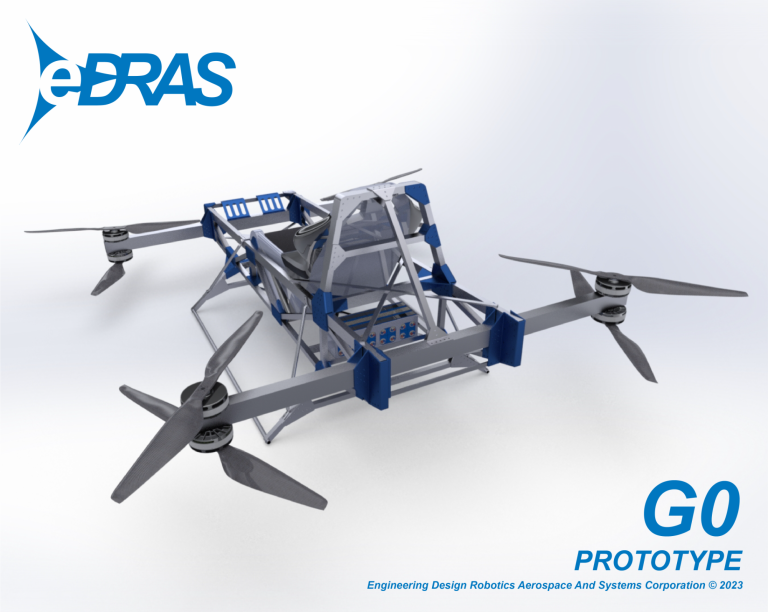Taking Flight: The Role of Prototyping in UAM Testing and Learning from Mistakes
In the realm of Urban Air Mobility (UAM), a transformative shift is underway, propelled by technological advancements, environmental considerations, and the demand for more efficient transportation solutions in congested urban areas. This transformation calls for innovation, rigorous testing, and learning from every challenge encountered along the way.
With the close of 2023 on the horizon, we eagerly anticipate the next pivotal step. In 2024, we're planning to commence the manufacturing of parts and the assembly of the prototype. It's a significant milestone, as it marks the transition from theory and simulations to a tangible embodiment of our vision.
Prototyping serves as the conduit that transforms our visionary ideas into tangible realities, opening the door to revolutionary progress. So, the next time you spot a UAV prototype in the skies, and if it falters, remember that it's contributing to the journey toward a brighter UAM future.
Stay tuned for our forthcoming, more extensive exploration of the significance of prototyping in UAM. We'll delve deeper into the learning opportunities and the progress it offers, emphasizing how the mistakes encountered today become the stepping stones to the UAM breakthroughs of tomorrow.
CEO & Founder
Jeendry Louis
Prototyping is a critical phase in the journey of UAM, where we translate concepts into tangible solutions. It's a phase that requires us to harness cutting-edge technology, creativity, and relentless determination. This stage focuses on the development of a UAV prototype designed to be the platform for extensive testing. Crafted from aerospace-grade graphite aluminum, this lightweight yet exceptionally durable material is poised to make a significant impact in UAM's future. This material innovation allows us to create a UAV prototype that is not only agile but offers enhanced structural integrity.
Our UAV prototype features dual battery packs, a system designed to provide optimal energy efficiency during testing and eventual operational use. Eight powerful motors propel this aircraft, offering redundancy and reliability – two qualities that are paramount in UAM's safety standards.
However, and this is a truth we readily acknowledge, prototyping in the UAM sector sometimes results in unexpected outcomes. UAV prototypes undergoing remote-controlled testing may not always meet our lofty expectations. However, it's essential to recognize these moments as stepping stones to progress rather than as setbacks.
Innovation, by its very nature, thrives on learning from mistakes. It's these 'failures' that often ignite breakthrough innovations. When a UAV prototype reveals unforeseen challenges, it's not viewed as a defeat; it's a revelation. These 'aha' moments offer deep insights into aeronautics, design, and technology that no academic setting can replicate. These insights often pave the way for remarkable discoveries, enabling us to redefine the industry and advance UAM technology.
While the prototype is in the design phase, simulations on computer systems are underway, focusing on structural resistances and performance evaluations. These virtual tests enable us to identify potential weak points and refine the prototype before it takes to the skies. The wealth of data gathered from these simulations guides our design and ensures that our prototype is both technologically advanced and structurally sound.


Engineering Design Robotics Aerospace and Systems Corporation © Copyright. All rights reserved.
We need your consent to load the translations
We use a third-party service to translate the website content that may collect data about your activity. Please review the details in the privacy policy and accept the service to view the translations.

